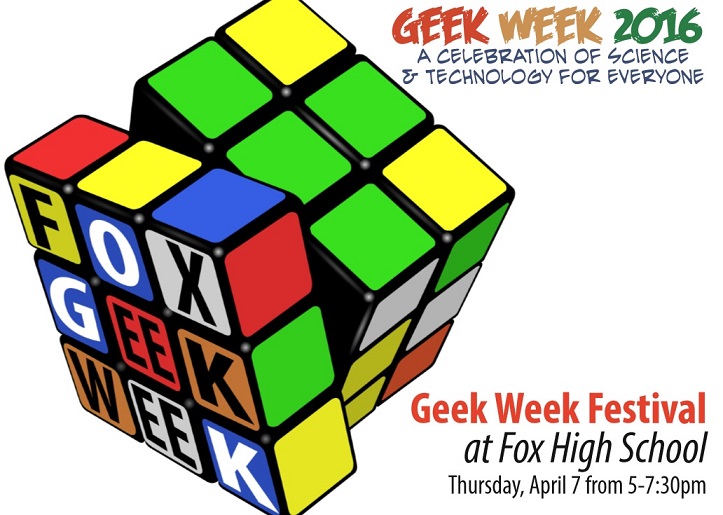Today in class: Induction!
First we discussed the answer to the homework due today. Not surprisingly, a great many people had no idea that the answer was actually verified for you in the reading on the next page (that was assigned - that means you aren't reading or aren't reading carefully at all!!!!)
We started notes today by sketching how we were able to get the electroscope's leaves to move apart without giving it a net charge (keeping equal numbers of + and - ).
For example, if a negatively charged rod was brought near the top of the electroscope, it pulls on (attracts) + charges and pushes (repels) - charges. The + charges in a solid are representations of protons, so they can't move (they can move in a liquid/gas, or at least positively charged materials may move around).
The - charges in a solid are representing electrons. These may move, as long as the solid is conductive enough. Our electroscope was metal, so electrons move freely within it.
Resulting from the repulsion of - charges, some electrons move down the electroscope into the foil leaves. This separation of charge leaves the top of the electroscope (+) and the bottom of the electroscope (-). Since the leaves have the same charge, they repel and the electroscope is said to be charged by induction.
Induction happens when charges within a conductor (usually we say a neutral conductor to keep things simple) move or separate within the conductor. This happens without contact charging, or without gaining or losing any electrons.
HOW???? can you motivate electrons to move within something? The answer is invisible electric fields -
Electric field: the space around a charge where electric force acts. (the same force as magnetism, and will share some similarities with what we know about gravity)
We then got out lab materials: small sticks of PVC pipe, some rabbit fur, and Styrofoam balls with metallic (conductive!) paint on them. Some Styrofoam balls were hanging from the ceiling by thin strings to allow for easy viewing of motions resulting from electric force. People quickly discovered that a charged PVC rod attracted the balls, but only until they touched, then the ball quickly bounced away and repelled. This appeared to be a parallel to yesterday's demonstration where neutral water was attracted to a charged balloon! Everyone eagerly grabbed their notebooks and tried to make sense of this with a diagram depicting a charged rod and the conductive, neutral sphere. Eventually we answered the question: the charged rod induces a charge (separates + and - regions) on the sphere, and the sphere is attracted to opposite charges and repelled from like charges.
This still didn't answer the question, because it seemed that the charges were equal strength and these forces would cancel. A few brave, bright individuals came up with the answer: The attractive force between opposite charges was over a shorter distance than the repulsive charge! Even when this difference in distance is small to our eyes, it's large relative to an atom, and we'll see tomorrow that electricity and magnetism, like gravity, are inverse - r squared relationships - double the distance (radius) between items, and the force changes by a factor of 2^2, or 4. So yeah, distance between charges is a big deal.
Tomorrow we'll get a chance to look at the equation for electricity, you'll draw diagrams and answer questions about charging by contact and induction, and we'll learn a bit more about Electric Fields and how they're arranged/determined. (plus go over the test - essay!)





